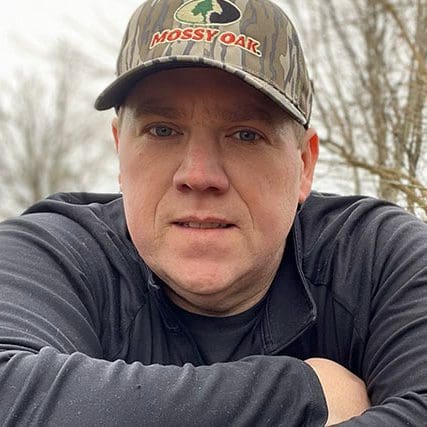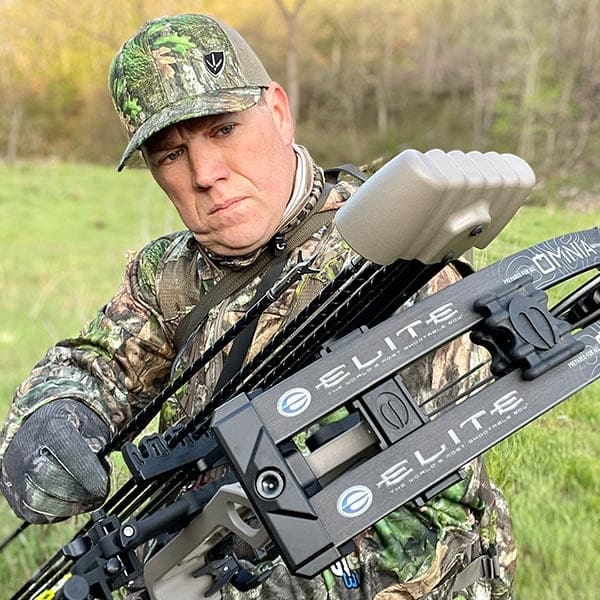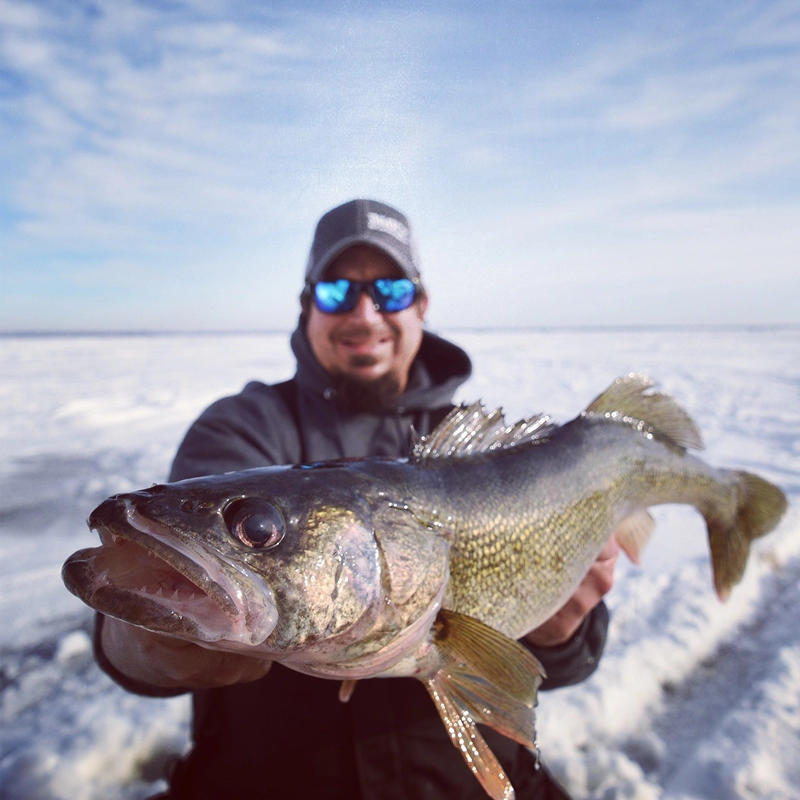I graduated high school in May of 2001 and planned to spend the following fall enjoying my favorite way to hunt, with my bow in hand, before deciding to further my education or join the workforce. After spending every morning of the month of October bowhunting, I was beginning to get aggravated at a flock of turkeys that would travel by my stand each day without ever giving me a chance to draw my bow and make a shot. Each morning spent hunting; it was inevitable that a flock of turkeys would make their way along the wooded ridge, eventually passing by and out of sight. Somehow, the turkeys would see me, hear me, or take a different path slightly out of bow range.
Although I managed to finally harvest one of the Fall birds the week before the firearms deer season began in early November: the month-long challenge between the turkeys and myself taught me patience and much more about what I should know before making a harvest with my bow.
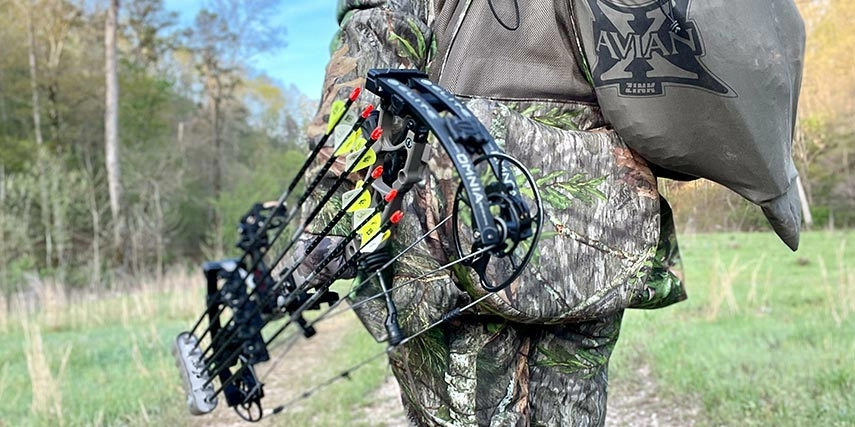
Scout/Setup A Blind
One of the pros of my earlier experience, when I was a much younger bow hunter, was that I was in an area where turkeys traveled daily. Whether fall or spring hunting, finding a turkey’s most traveled areas is crucial for getting close range when hunting with a bow.
By spending time before the season, scouting and listening for gobbling turkeys, the hunter can learn where the turkeys roost, where they spend their mornings, and where they eventually end up during the afternoon, moments before returning to the roost. When a turkey’s daily travel route has been established, it becomes easy to intercept the path by setting up a portable ground blind, then waiting for turkeys to walk through, providing the perfect shot opportunity without putting in the extra footwork.
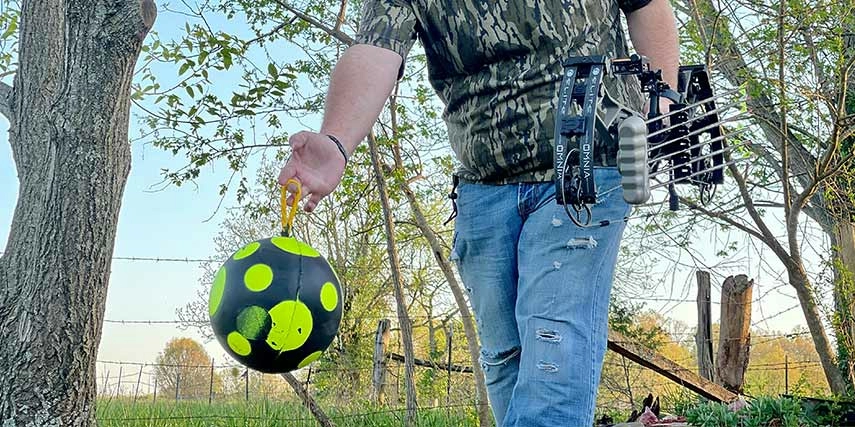
Extensive Marksmanship by Practicing with Your Bow
One of the worst things a bowhunter who wants to harvest a spring gobbler with a bow can do is convince themselves that their shot is “good enough” when practicing.
In the late ’90s, when I first began bowhunting, a common phrase amongst hunters was, “If I can hit a pie plate, that’s good enough.” With today’s bows and other hunting gear technology, settling for hitting an eight-inch circle, like that of a Styrofoam plate, is no longer an acceptable option. Modern bowhunters can have their archery equipment shooting with pinpoint accuracy. Learning to hit a more defined aiming point is essential for bowhunters seeking to harvest a turkey.
When a turkey reaches the desired distance, which is considered “in range” to make a shot, the aiming point of a turkey can be much smaller than other game animals—spending more time in the backyard practicing before the hunt will result in better shots while hunting, which equals deadlier shots.
Perfect Your Turkey Calling
As with a hunter’s shooting skills, settling for less-than-perfect turkey-calling skills should never be enough when calling turkeys into archery range.
It has often been said that a hunter doesn’t have to sound like a world-champion turkey caller to get a spring turkey into close range. That’s true; many mediocre turkey callers are successful each year when hunting. However, to make a successful shot with their bow, hunters must lure the turkey into a much closer range than when hunting with a shotgun. The calling must be top-notch and sound like a real turkey to get actual turkeys curious enough to come closer.
Many hunters may disagree and think they do not sound good when using a turkey call. Yet, all it takes is more practice for more realistic sounds to be easily achieved. To improve calling techniques, find a call you like the best, whether it be a diaphragm, box, or slate call. Next, search the web for natural wild turkeys making many different sounds in their vocabulary. Practice each sound until you can mimic the sounds to near perfection.
You will notice an uptick in your confidence when challenging your hunting skills to become a more skilled archer and a better-sounding turkey caller. When your confidence is high, the fear of leaving your shotgun behind will dissipate, and hunting with a bow and arrow will be immensely enjoyed.
